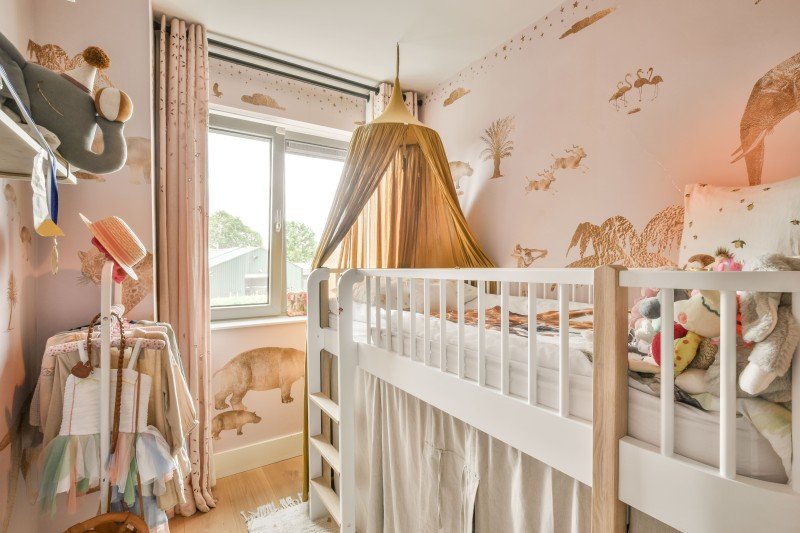Title: The Ultimate Guide to Kids Bunk Beds
Introduction
As children grow, so does their need for space and storage options. Bunk beds are an exceptional method to take full advantage of area while providing an enjoyable and practical sleeping arrangement for your kids. This thorough guide will explore the different types, advantages, security considerations, and FAQs related to kids bunk beds.
I. Types of Kids Bunk Beds
- Standard Bunk Beds: These are the most typical type, featuring 2 twin-sized beds stacked on top of each other.
- Futon Bunk Beds: The bottom bunk is replaced with a futon, supplying a sofa and a bed in one piece of furniture.
- Twin-Over-Full Bunk Beds: The bottom bunk is bigger, accommodating a full-sized mattress, while the top bunk is a twin.
- L-Shaped Bunk Beds: These consist of 2 beds put perpendicularly, providing more flooring area beneath.
- Loft Bunk Beds: A single bed is put on a raised platform, leaving space for a desk, play area, or storage underneath.
II. Benefits of Kids Bunk Beds
- Space-Saving: Bunk beds are perfect for smaller bed rooms, maximizing floor area for other activities and furnishings.
- Fun and Exciting: Children often delight in the novelty and adventure of climbing to their own private sleeping location.
- Cost-Effective: Purchasing one bunk bed is more economical than buying 2 separate beds.
- Versatile: Many bunk beds can be separated into two different beds as children grow older or when space enables.
- Built-In Storage: Some bunk beds feature built-in storage services, such as drawers, desks, or racks.
III. Security Considerations
- Durable Construction: Ensure the bunk bed is made from tough, resilient materials and has a protected ladder for safe gain access to.
- Proper Spacing: Gaps between the bed mattress and the frame ought to be less than 3.5 inches to prevent entrapment.
- Suitable Height: Select a bunk bed with a suitable height for your child, considering their age, size, and ability to climb and down safely.
- Secure Mattresses: Use the proper size bed mattress and secure it to the bed frame to avoid it from shifting throughout sleep.
- Guardrails: Ensure guardrails are installed on both sides of the top bunk and are at least 5 inches greater than the top of the bed mattress.
IV. Frequently asked questions
- What is the perfect age for a child to sleep on the leading bunk? cheap bunk beds uk is usually advised to wait until a child is at least six years of ages before enabling them to sleep on the top bunk.
- Can bunk beds be separated into 2 different beds?Yes, some bunk beds can be dismantled and transformed into two different beds.
- Just how much area is needed in between the bottom of the top bunk and the top of the bottom bunk?A minimum of 2 feet 8 inches is suggested for head clearance on the bottom bunk.
- Are bunk beds safe for children?When effectively assembled and utilized, bunk beds are safe for children. Always follow safety guidelines and ensure your child understands the guidelines for using the bunk bed.
V. Conclusion
Kids bunk beds are a useful and fun option for making the most of space and supplying a distinct sleeping experience for your children. By thinking about the various types, advantages, and safety factors to consider, you can make a notified decision when picking the ideal bunk bed for your family.

